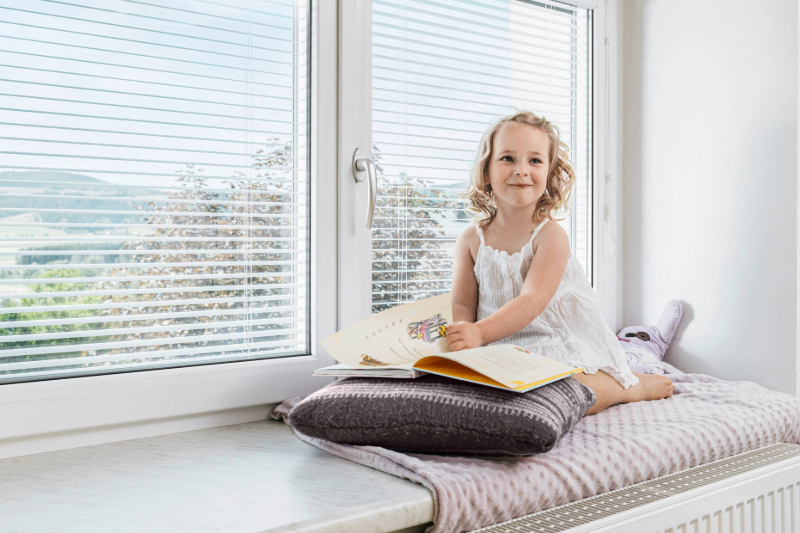How Do Windows Provide Acoustic Insulation?
23
With increasing higher density housing density and inner-city builds, residents are exposed to high levels of outdoor noise – from traffic and sirens wailing, to dogs barking and people chatting. UK guidelines state that the noise level within a living area in a home should not exceed 35dB.
Silence Starts with Design
Adequate space planning allows you to consider sources of sound and use different areas within a building. Architects can thus specify windows and doors that will achieve the right level of acoustic insulation.

How do windows provide acoustic insulation?
Unlike walls, which can absorb some sound energy, windows act more like a thin sheet – they vibrate when sound waves hit them. The more a window vibrates, the more sound energy it transmits to the other side.
Glass is effective at reducing external noise. At the simplest level, thicker glass or a combination of glass improves acoustic performance of a window. They create more robust windows that vibrate less, which means they transmit less sound. This is why high-performance acoustic windows use thicker glass panes.
Introducing laminations to glass provides precise decibel control. A thin layer of plastic sandwiched between glass panes creates a stronger barrier that reduces vibration and improves sound insulation.
Specifying glass for the noise source: For optimal results, choose sound-reducing glass specifically designed for the dominant noise type in your area, such as traffic noise or industrial sounds.
Timber too is an efficient soundproofing solution. When combined with units with double or triple glazing, the window can achieve a good noise reduction.
Acoustic trickle vents that have a timber packer ensure both fresh air and noise reduction. A standard click vent allows for a sound reduction of approximately 31 dB, while an acoustic trickle vents achieves a reduction of 40dB. That's a 9 dB sound reduction, which is equivalent to hearing traffic noise from about twice the distance away.
Finally, make sure that your windows’ test certifications meet your acoustic targets. It is important to remember that window soundproofing effectiveness goes beyond just the glass. Size, sash design, frame material, and joint sealing all play a part. Accurate acoustic testing requires evaluation of the entire window unit.
Other Articles
Season's Greetings From Ecotec Windows
15
Is Net Zero Signalling The Decline of Double Glazing
03
Triple Glazing FAQs With Internorm Windows
04
Rationel Inspiration Brochure Now Available
03
Bring Comfort and Style to your home with Internorm’s iTec Shading System
04
Discover The Bel’M Doors Brochure
01
Internorm Advanced iTEC Secure Locking System for Maximum Home Safety
04
Discover All The Benefits Of VELFAC Composite Windows & Doors
01
Design Style Studio Range By Internorm
02
Rationel & Maintenance Brochure Launched For 2025
14